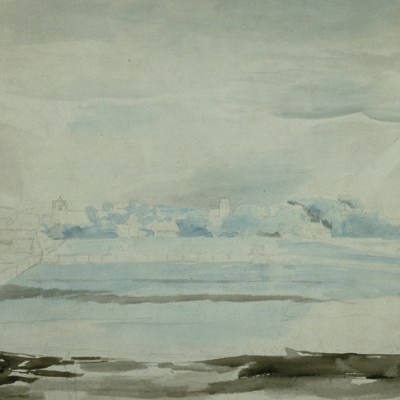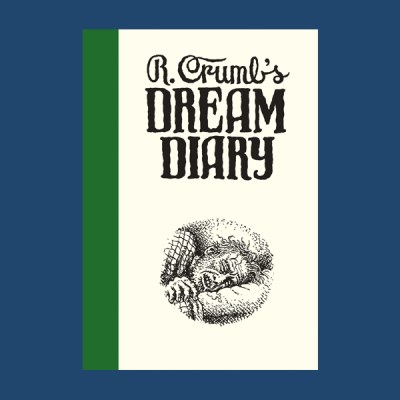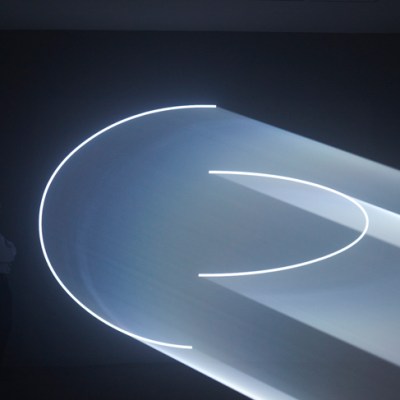‘In Pursuit of Sculpture’, an exhibition of work by the late Edward Allington (1951–2017) at the UCL Art Museum, is a rare and richly rewarding opportunity to explore a few fragments from this artist’s extensive output. Given Allington’s fascination with the classical, his work sits well within the formality of the museum space, its walls hung with plaster reliefs and folios of rare prints stacked on tables. It was a space he knew and used well with his students in his role as professor of sculpture at the Slade.
I first met Ed, as he was known back then, in 1971 when he came down to London from Troutbeck Bridge in the Lake District; we were both studying ceramics at the Central School of Art. Appropriately, given his passion for ancient Greece, he was a tall, handsome young man with a shock of blond hair, and something of the mythological about him. He could make the most flamboyant ceramics with seemingly effortless ease and speed; his Parthenon teapot was a showstopper. He could talk knowingly about ancient cultures, and I once saw him act out with a fellow student the battle scene from Akira Kurosawa’s 1950s film Seven Samurai – in Japanese.
Edward Allington in 1988. Photo: © Sakata Eiichiro
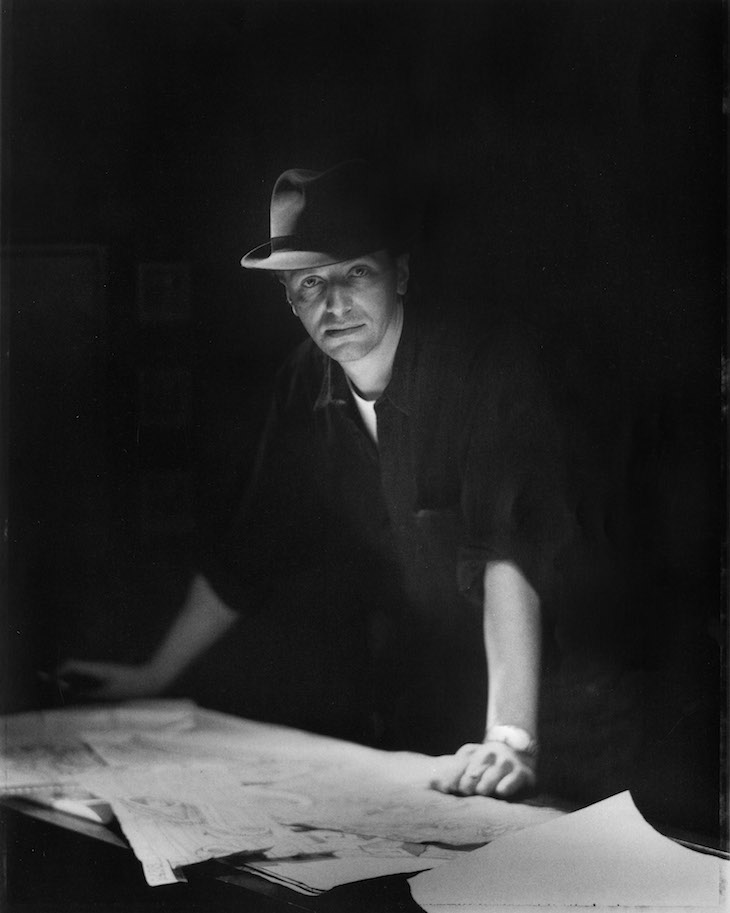
Although ceramics seemed the perfect vehicle for his fascination with ornament, motif and kitsch, he shifted to making sculpture, for which he first came to prominence after his inclusion in the decade-defining exhibition ‘Objects and Sculpture’ (at the ICA and Arnolfini) in 1981, which also helped to launch the careers of Richard Deacon, Antony Gormley, Anish Kapoor and Bill Woodrow.
Glimpses of many of his signature works are here in the UCL display. An old leather suitcase with its cache of plastic dinosaurs, reminding us of his gilded cornucopia from the 1980s pouring forth their false libations of plastic fruits, flowers, and even plastic sushi brought back from one of his visits to Japan. Displayed in front of John Flaxman’s plaster reliefs is an earthenware vase from 1974; resplendent with white column handles cast from wedding-cake decorations, its surface covered with multiple transfer prints of the temple of Athene from the Acropolis, it appears to set the tone for his lifelong investigation into how versions of truth become distorted and obscured through multiple reproduction. (On his first visit to Athens in 1970, he was horrified by what he found: ‘The pride of ancient Greece was available as a design on a tea-towel or in a plastic snow-storm,’ he later lamented. ‘As a holidaymaker I found it impossible to see the real Parthenon for the souvenirs and distorted depictions of it. Confusion about versions of the truth reared its head again. Finally I decided that the “real thing” just wasn’t there.’) Obvious links can be made between Allington’s Temple Vase and the temple model next to it; more subtle ones with Flaxman’s plaster reliefs on the wall above: Flaxman modelled many of the figure reliefs for Wedgwood’s famous Jasperware, that early expression of mass-production.
Installation view of ‘In Pursuit of Sculpture: Edward Allington’, showing Allington’s Temple Vase (1974) beside a model by William Wilkins for the Portico of University College London (c. 1825–28), with reliefs by John Flaxman displayed above. Photo: Mary Hinkley, courtesy University College London
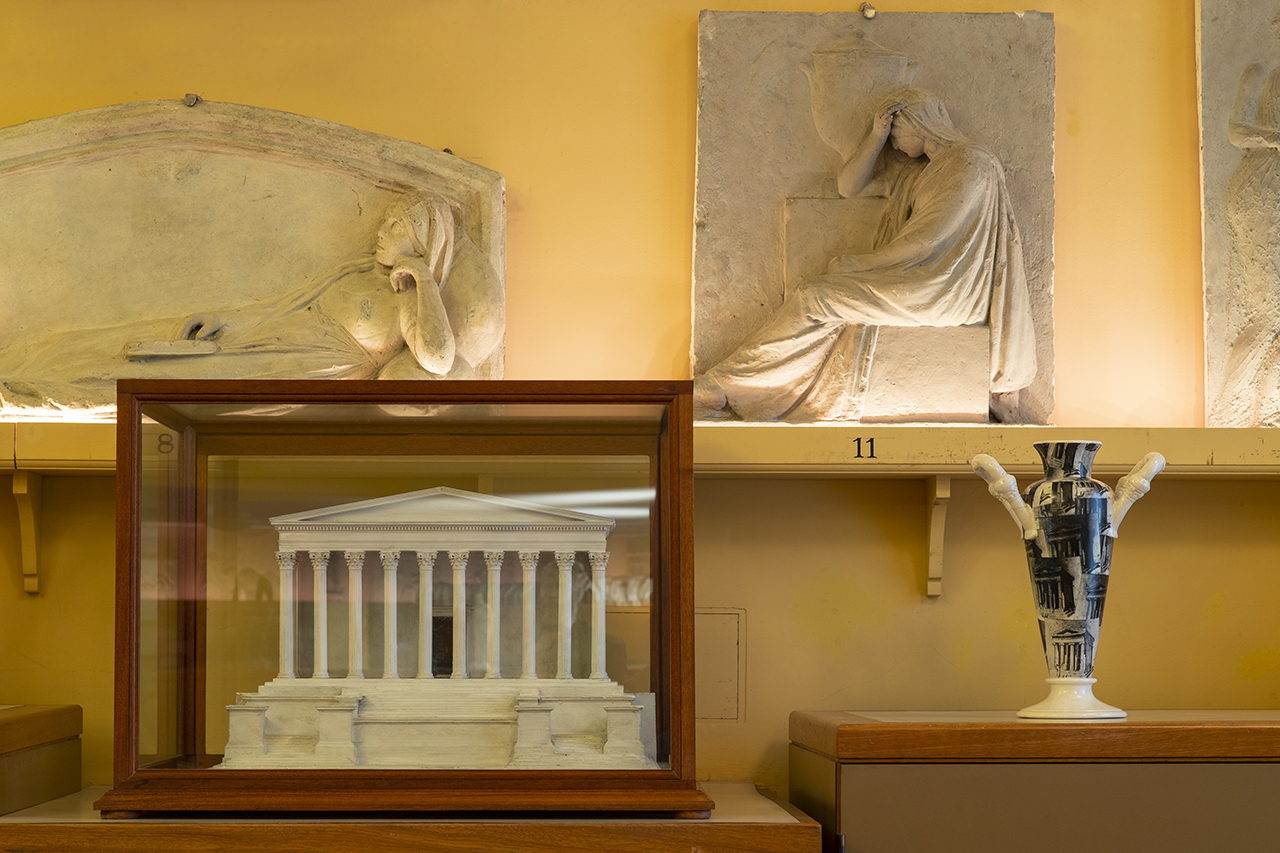
On a nearby display sits We Are Time, a striking green patinated bronze comprised, like many of these works, of three components: an ellipsoid, a disc and an ornamental scroll. With echoes of both Oceanic sculpture and the Surrealist sculptures of Giacometti, they were part of a series from Allington’s investigation into a forgotten sculptural form, the ‘small art bronze’. A video from 1993 made during his time as Gregory Fellow at Leeds University reveals his working methods in which he explains how sculpture changes according to its surroundings. The bronzes were used in a project with the photographer Edward Woodman; photographed within classical interiors, they became performers on the stage of historical fragments – sculpture in repose and re-posed against unidentified backdrops of neoclassical opulence.
Photograph of I, You, We Are Crime (1985), Edward Allington and Heini Schneebeli, on display at UCL Art Museum in 2012, cibachrome print on aluminium
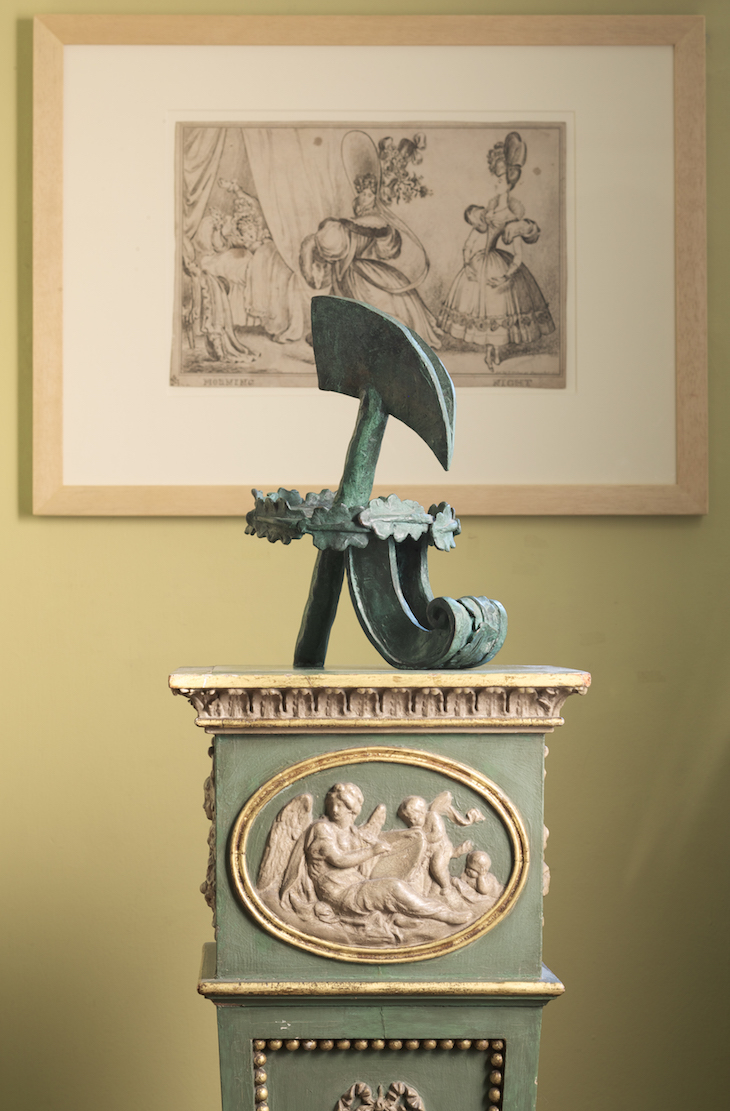
The exhibition contains several drawings from Allington’s extensive graphic output. Always nifty with a pen and brush, he kept drawing an integral part of his practice, and his individual style – Piranesi meets the American cartoonist Robert Crumb – proved ideal for imagining future forms. Drawing with white emulsion and ink on to pages of old ledgers pasted together, he outlined simple orthographic projections of rooms into which he ‘floated’ platonic solids and ornate objects that hovered above their ever-present black shadows.
Upright and Feeling Form (1986), Edward Allington. Photo: Harry Allington-Wood; © the artist’s estate

A vitrine with fragments and memorabilia reminds us that he was also a self-confessed petrol head with a passion for big motor bikes. He had, in his words, ‘a particular kink for motorcycle magazines; I’m queer for this stuff, we are talking strictly middle-shelf: you know, the ones with all the hobby magazines.’ They brought out a devilish gleam in his eye and a gleeful chuckle whenever he described his latest acquisition, such as his Harley Davidson XRII racer, which often shared the studio with his sculptures.
The synergy between the component and the whole, the blueprint and the realisation, the mechanical and the organic permeates all of the works in the exhibition. As he reveals through his writing in the many catalogues and publications also on display, Allington was a thoughtful and contemplative artist and educator with a deep interest in the origins of sculpture and its role in the present. The exhibition is a beautiful teaser for what one hopes might one day be a larger retrospective.
‘Edward Allington: In Pursuit of Sculpture’ is at the UCL Art Museum, London until 7 June.
